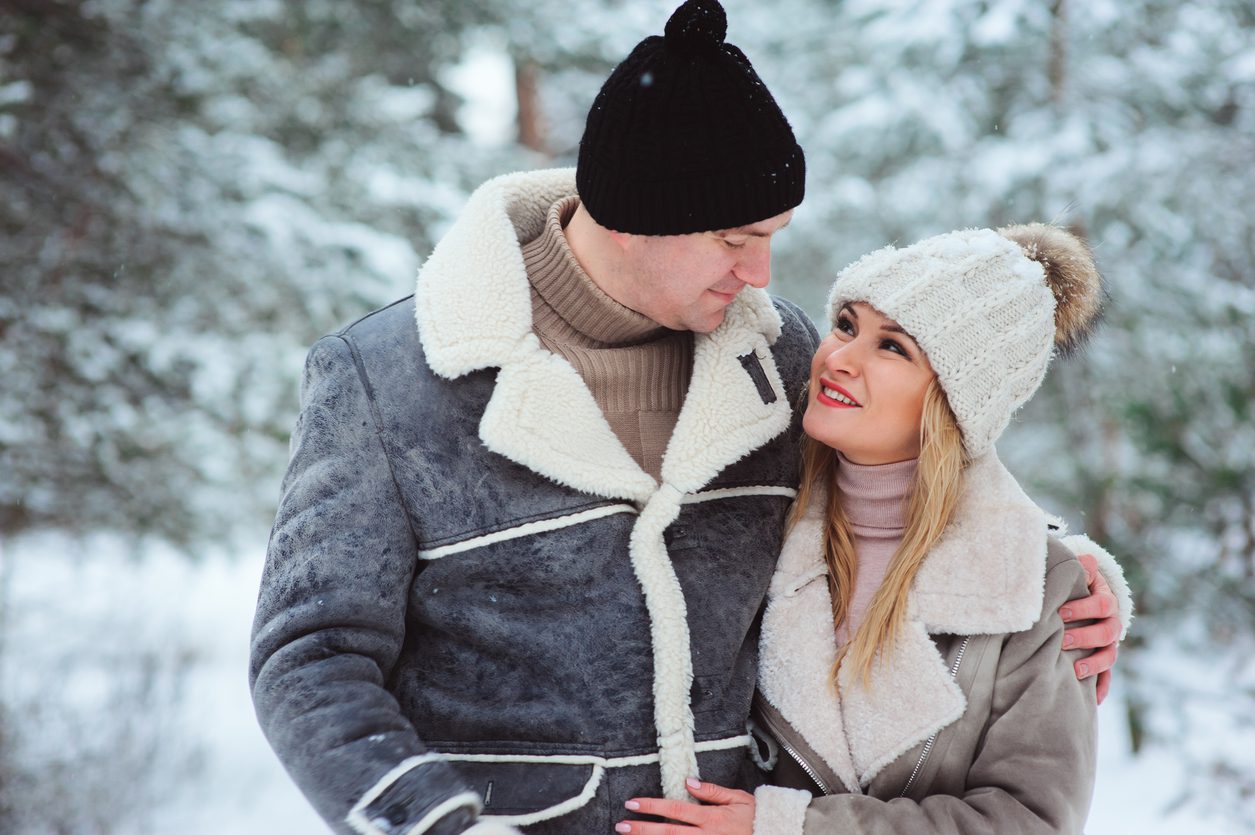Mastering Winter Layering: How to Stay Stylish and Warm in Cold Weather

When it comes to dressing for the winter, layering is essential. It’s not just about throwing on a heavy coat and calling it a day. To truly stay warm and comfortable in cold weather, you need to layer strategically.
In this guide, we’ll break down the three essential components of winter layering: the moisture-wicking base layer, the insulation mid-layer, and the elements-resistant outer layer.
We’ll also give you tips on how to choose the proper layers for different temperatures and social environments, as well as a few product recommendations from Family Britches. Let’s get started, shall we?
The Moisture-Wicking Base Layer
The base layer is the foundation of your winter layering system. It’s the layer that sits closest to your skin and is responsible for wicking away moisture from your body. This is important because when you’re active in cold weather, you’ll start sweating like in warmer weather. If that moisture is allowed to stay against your skin, it will make you feel cold and clammy. A good base layer will keep you dry and comfortable.
When it comes to materials, synthetic fabrics like polyester and nylon are the best options for base layers because they wick moisture away from the skin and dry quickly. Merino wool is another popular choice because it’s naturally moisture-wicking and odor-resistant. It’s also a good choice if you’re sensitive to synthetic fabrics.
The Insulation Mid-Layer
The mid-layer is the layer that provides insulation, trapping your body heat to keep you warm. It’s essential to choose the right mid-layer for the conditions. On mild days, a fleece jacket or sweater may be sufficient. But you’ll want something more insulated on colder days, like a down jacket.
Fleece jackets are a great option for mild days. They’re lightweight and compressible, so they’re easy to pack and carry with you. They also come in various colors and styles, making them versatile enough for casual and dressier occasions.
On the other hand, down jackets are a better option for colder days. They’re extremely warm and compressible, making them an excellent choice for layering. They can be pretty expensive, but they are an investment that will last for years if well taken care of.
The Elements-Resistant Outer Layer
The outer layer is the layer that protects you from the elements – wind, rain, and snow. A good outer layer should be made from a waterproof and breathable fabric, like Gore-Tex. A hood is also a great feature to look for, as it will protect your head, neck, and face from the elements.
When it comes to styles, there are a lot of options out there. Some men prefer a classic look, while others like something a bit more trendy. The key is to choose a style that you’ll feel comfortable wearing, and that will look good with the rest of your outfit.
One option is the classic men’s parka coat, a timeless look that will never go out of style. Another option is a more trendy puffer jacket. With a variety of colors and styles, it is sure to keep you warm and on-trend.
How to Choose the Right Layers for Different Temperatures and Social Environments
Choosing Layers for Cold Weather
When the temperature drops below freezing, you’ll want to choose layers that will provide maximum insulation. A good base layer is essential, as it will wick away moisture and keep you dry. Look for synthetic fabrics like polyester and nylon or merino wool.
On top of that, you’ll want a mid-layer that will trap your body heat, like a fleece jacket or a down jacket. And finally, an outer layer that will protect you from the wind, rain, and snow. A hooded parka or puffer jacket can be a great choice.
Choosing Layers for Mild Weather
When the temperature is above freezing, you’ll still want a good base layer to wick away moisture, but you may not need as much insulation. A mid-layer fleece jacket or sweater can provide enough warmth for mild weather. And for the outer layer, you can choose a less heavy-duty jacket or coat, like a water-resistant trench coat or a wool pea coat.
Choosing Layers for Dressy Occasions
Just because it’s cold outside doesn’t mean you have to sacrifice style. When it comes to dressy occasions, you can still layer, but you’ll want to choose pieces that will look good with a suit or dress pants.
A good base layer and mid-layer will still be essential for keeping you warm, but you’ll want something a little more polished for the outer layer. A wool topcoat or a cashmere overcoat can look stylish and sophisticated while still providing warmth.
Choosing Layers for Casual Occasions
For casual occasions, you can have a little more fun with your layering. Mix and match different colors and textures, like pairing a chunky knit sweater with a denim jacket. But still, make sure you have the right base layer and mid-layer to stay warm. The outer layer can be more relaxed and comfortable, like a flannel-lined parka or a sherpa-lined jacket.
Conclusion
Choosing the right layers for different temperatures and social environments is key to staying warm and comfortable during the winter. By layering with a moisture-wicking base layer, an insulation mid-layer, and an elements-resistant outer layer, you’ll stay warm and stylish, no matter the weather or occasion.
Head to Family Britches to check out our collection of men’s winter clothing and get expert advice on layering for the cold weather. Contact us today for more information.

